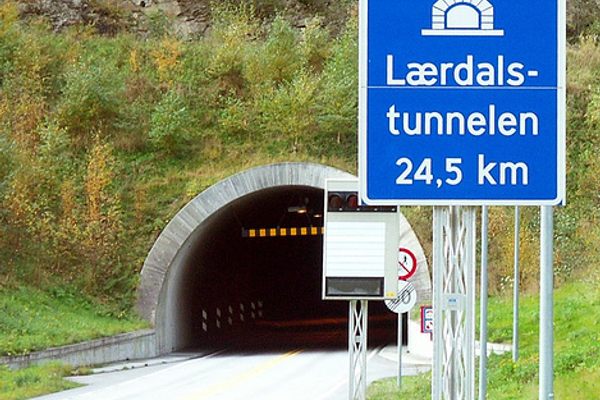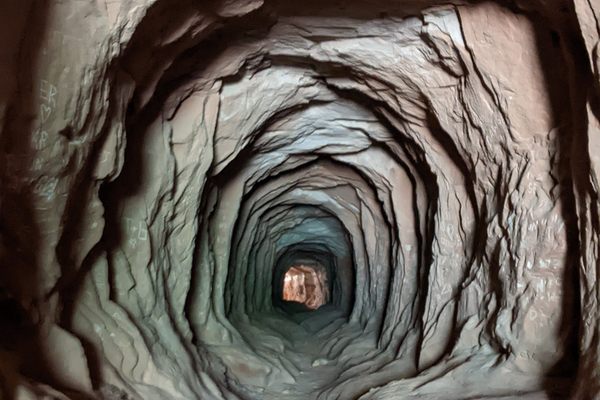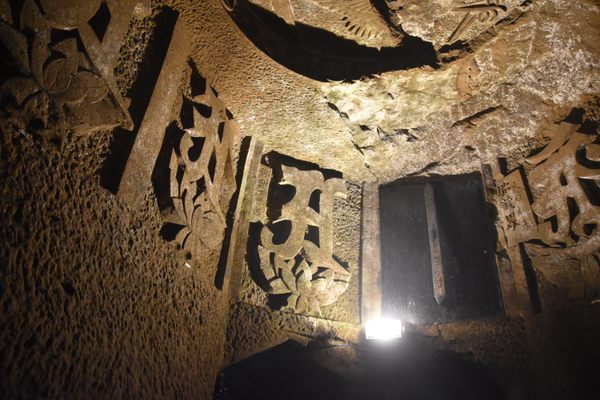About
Straits and rivers, which are typically not very wide, are usually crossed overhead by hanging the conductors for powerlines on huge pylons if the bank is flat. If the bank is hilly, the pylons are heavy duty, larger than the others, and planted on the hills themselves.
This was originally the plan in 1988 when construction began for the crossing of the Saint Lawrence River by HVDC Powerline Quebec-New England, running from Radisson in North Canada to Ayer, Massachusetts, over a distance of 1,100 km. For three of the required pylons it was necessary to build artificial islands with 20,000 truckloads of material. Still, residents in some areas did not want the 140-meter-tall towers that were required for carrying the conductors over the river.
In 1989, after the towers for the overhead crossing were built over a period of five months, construction work on a 3,954-meter-long cable tunnel under the Saint Lawrence started. On March 26, 1990, the tunnel was bored through and on November 1, 1990, the line went into service between Grondines and Lotbinière, Quebec, Canada. By July of the following year, the cable was at full service and the overhead lines were no longer necessary. In 1992, the towers were removed as were some of the artificial islands. Dismantling alone cost about $16 million.
The dismantling was expensive, but it was decided to build the overhead powerlines anyway because it was known the underwater cable would take considerably longer to finish and transmission had to begin as soon as possible. Portions of the broken down pylons were used to build the observation tower at La Cite de l'Energie in Shawinigan.
Related Tags
Published
May 8, 2011



















